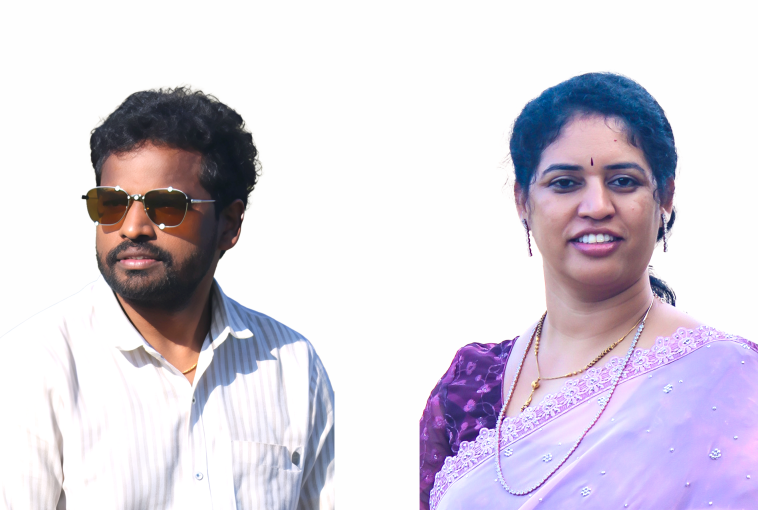In the evolving landscape of Indian architecture and interiors, Vedic Interiors & Architects stands as a name synonymous with precision, harmony, and human-centered design. Founded in 2018 by J. Veni (D.A.A.E., M.A.) and K. Jagadeesh (B.Arch., PGUPDL), the firm operates across Vizag, Guntur, and Hyderabad, delivering spaces that are not only visually striking but deeply functional and emotionally resonant. With over 15 years of collective experience, the founders bring a rare blend of creativity, technical expertise, and sensitivity to every project they undertake.
From the beginning, Vedic Interiors was envisioned as more than a design consultancy. Its mission is to create context-sensitive, spatially efficient, and psychologically responsive environments. This philosophy finds expression in diverse projects—ranging from elegant residences to dynamic co-working hubs and corporate offices. The firm’s services span residential architecture, workspace design, co-living and co-working environments, as well as complete architectural planning and turnkey construction.
Their design approach is rooted in the belief that spaces can shape the way people live, work, and connect. By combining architectural functionality with environmental psychology, they address common challenges such as inefficient layouts, poor circulation, and lack of natural light. Each project is meticulously developed through professional design processes, client-approved 3D visualizations, and on-site precision—ensuring the final outcome aligns perfectly with both vision and practicality.

What sets Vedic Interiors apart is their concept of harmonized spatial design—a careful intersection of form, function, and user behavior. Every decision, from material selection to lighting strategy, is guided by how it will enhance the user’s experience. This commitment to detail has built them a reputation for delivering projects that are as practical as they are beautiful.
The journey has not been without challenges. Aligning design aspirations with client expectations and site realities has tested their adaptability and reinforced the importance of transparent communication and structured execution. The duo credits their disciplined approach, technical know-how, and collaborative mindset as the pillars that have helped them overcome operational hurdles and grow steadily in a competitive industry.
They draw inspiration from Pritzker laureate B.V. Doshi, whose works bridge tradition and modernism with humanistic values. This influence is evident in their ability to create designs that are culturally relevant while embracing modern functionality. One project particularly close to their hearts is the Quadrant IT Services office interiors at 208 Capital Park—a workspace that integrates biophilic elements, acoustic zoning, and modular planning, pushing the boundaries of conventional office design.

Looking ahead, Vedic Interiors aims to expand into large-scale institutional and mixed-use projects while deepening their focus on sustainable and scalable solutions. They advocate for eco-friendly materials, maximizing natural daylight and ventilation, and integrating energy-efficient systems—recognizing that green design benefits not only the planet but also the people who inhabit the spaces.
For the founders, understanding client psychology is as essential as technical skill. They believe a truly successful design reflects the personality, lifestyle, and aspirations of its users. This empathy-driven philosophy has become a hallmark of their work, along with a relentless pursuit of innovation and quality.
Their advice to budding architects and designers is clear: believe in your vision, respect design fundamentals, and never stop learning. Approach each project with patience, curiosity, and integrity—because great design is not just about how a space looks, but how it feels and functions for those who experience it.
Today, Vedic Interiors & Architects stands as a testament to purposeful design—crafting spaces that tell stories, inspire connection, and enhance everyday life. In their hands, architecture becomes more than a profession; it becomes a way of shaping better futures through thoughtful, enduring spaces.


